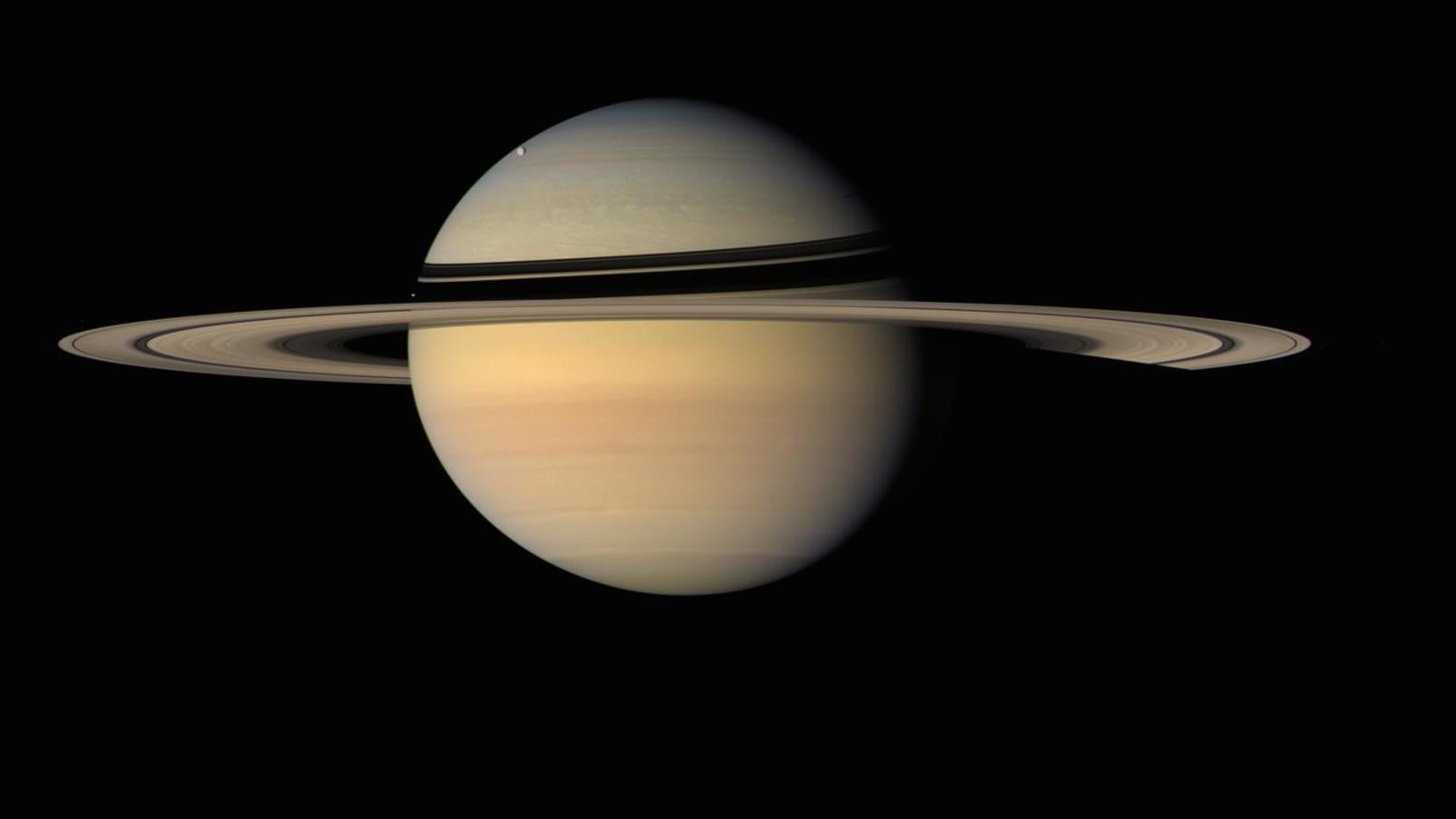Saturn is losing its iconic planetary rings
The most iconic planet in the solar system is losing the very thing that draws the human gaze its way.


The most iconic planet in the solar system is losing the very thing that draws the human gaze its way.
Saturn, the jewel of Earth’s celestial neighbors, is losing its rings. Two NASA space probes—Voyager 1 and Voyager 2—have played pivotal roles in confirming as much.
“The rings are being pulled into Saturn by gravity as a dusty rain of ice particles under the influence of Saturn’s magnetic field,” the space agency said in a statement, adding the ring loss is happening at a “worst-case scenario” rate.
The research was published in the journal Icarus. Not to worry, the rings won’t disappear in our lifetimes. It’ll take just under 300 million years for them to totally vanish, but that’s a blip in time compared to the age of the planet, which is estimated to be at about 4 billion years old.
The science behind the research may help one of astronomers’ longstanding questions: Did Saturn always have its rings, or were they acquired during its long lifespan? The conditions by which the rings are disappearing suggest the latter. In fact, scientists at NASA estimate the rings we see surrounding the planet today are only 100 million years old, at most.
“We are lucky to be around to see Saturn’s ring system, which appears to be in the middle of its lifetime,” said James O’Donoghue of NASA’s Goddard Space Flight Center in a statement. “However, if rings are temporary, perhaps we just missed out on seeing giant ring systems of Jupiter, Uranus, and Neptune, which have only thin ringlets today.”
Saturn was first observed in the night sky in 1610 by Galileo, who was using such a rudimentary telescope that he couldn’t quite make out the fact that Saturn had rings at all. It wasn’t until 1659, when the Dutch astronomer Christiaan Huygens was gazing into the sky, that scientists realized the planet was decked out by massive rings.
Where those rings came from in the first place remains a mystery for scientists. One theory poses that they could have first formed after small icy moons in the planet’s orbit collided, breaking into millions of bits. In fact, the rings are comprised mostly of chunks of water ice that range between the size of tiny sand granules to boulders that are multiple feet in diameter.
Researchers are still working to figure out how the rings change with Saturn’s seasons. As the planet makes its slow trek around the sun—a journey that take 29.4 Earth years—it is exposed to the star by varying degrees, which may be altering the rings’ quantity of icy particles.